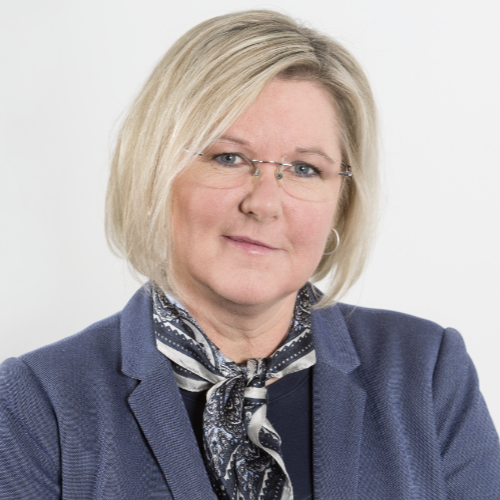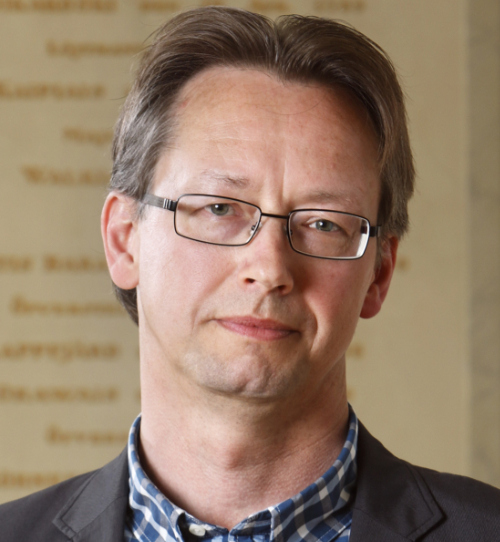Learning Environments of Tomorrow
The University of Gävle has conducted research on learning environments for over a decade, and is now one of the leading universities in Europe in this field. Our research provides new insights into how teaching and learning in schools and preschools can be improved in relation to space design and pedagogical practice.
As society changes, preschools and schools need to change as well. A very large number of new schools and preschools are being built in the coming decade: this is a complex and enormous social challenge involving substantial investment.
Learning Environments of Tomorrow is an interdisciplinary research programme aimed at providing knowledge to schools and preschools in order to adapt to the teaching and learning of tomorrow. Without such knowledge, buildings may be unfit for the pedagogical practice carried out there, which may be very costly.
The University of Gävle has unique conditions for interdisciplinary collaboration and outstanding levels of expertise among researchers. This is why the Learning Environments of Tomorrow research programme is a natural hub for in-demand collaboration with different actors in society.
Research projects
Our research interest is directed towards how preschools and schools are designed, built, refurbished, furnished and used to fit and support pedagogical practice. A particular interest lies in innovative learning environments and successful change processes. Considering learning environments as ecosystems, we analyse how various aspects interact: people, places, organising and teaching and learning practice. For additional current research projects, please visit the research group ROLE.
Learning Environments of Tomorrow
The processes from designing to inhabiting a school involve various stakeholders, bringing varying interests and knowledge to interprofessional work. We are interested in these processes and what can be learned from them.
Success factors for functional preschools – a new study of preschools
This project examines success factors in new learning spaces for preschools during a transition period into newly built facilities, taking into account organising and work methods in pedagogical practices.
A test bed for evaluation of LED lighting in the learning environment.
How can new and rebuilt schools better match the pedagogical practicer? An evaluation of recently built schools in the city of Stockholm provides answers.
Publications
Some examples of publications produced within the framework of Learning Environments of Tomorrow are presented here.
- Nya lärmiljöer, Frelin & Grannäs 2022
 External link.
External link. - Pedagogisk utvärdering av skolmiljöer, inklusive bilaga, Frelin, Grannäs, Sundholm, Van de Meulebrouck (2022)
 External link.
External link. - Framgångsfaktorer för funktionella förskolelokaler - delrapport, Elm & Magnusson (2021)
 External link.
External link. - Pilotstudie Södra Hemlingby, Frelin, Grannäs (2021)
 External link.
External link. - Vad är de största utmaningarna i nutida lärmiljöer?, de Laval, Frelin, Grannäs (2019)
 External link.
External link.
- Designing and Building Robust Innovative Learning Environments, Frelin, Grannäs (2021)
 External link.
External link. - Transitions in Nordic school environments – an introduction, Frelin, Grannäs & Rönnlund (2021)
 External link.
External link. - Övergång till och från innovativa lärmiljöer, Grannäs, Stavem (2021)
 External link.
External link. - Hur tänker lärare inför mötet med en flexibel multizons lärmiljö?, Frelin, Grannäs (2020)
 External link.
External link. - Har uppdragsuppfattning och professionella territorier något samband med fysiska rum?, Grannäs, Frelin (2017)
 External link.
External link. - Forskning med relation och rum i centrum - hur ser den ut?, Frelin, Grannäs (2017)
 External link.
External link. - Är det bara lärarna som bidrar till lärande? - ett ekologiskt perspektiv på utbildningsmiljöer, Grannäs, Frelin (2017)
 External link.
External link. - The production of present and absent presences in education, Frelin, Grannäs (2013)
 External link.
External link.
International collaborations
Facts about Learning Environments of Tomorrow
About Learning Environments of Tomorrow
Purpose
The aim of the Learning Environments of Tomorrow research programme is to help provide better environments for education. We examine the design and use of learning environments from the perspectives of different disciplines and stakeholders, with emphasis on processes of change and innovative learning environments.
Target group
The programme is aimed at both public and private school actors as well as companies with an interest in school and preschool buildings. We are open to collaborations in various forms of education, development and research projects.
Researchers
Jan Grannäs, docent (programme manager, curriculum studies)
Anneli Frelin, professor (asst. programme manager, curriculum studies)
Annika Elm, senior lecturer (researcher, curriculum studies)
Lena O Magnusson, senior lecturer (researcher, curriculum studies)
Tobias Fredlund, senior lecturer (researcher, curriculum studies)
David Hallman, docent (researcher, occupational health science)
Hans Richter, professor (researcher, occupational health science)
Igor Knez, professor (researcher, psychology)
Wenche Mörck Riekki, research assistant, curriculum studies
Therese Östlin, research assistant, curriculum studies
Partners
We collaborate with other higher education institutions, as well as various companies and organisations, as part of the programme.

Contact

Contact Anneli Frelin for questions about the research programme or read more about her research and see publications in the researcher presentation.

Contact Jan Grannäs if you have questions about the research programme or read more about his research and see his publications in the researcher presentation.
This page was last updated 2024-05-13
